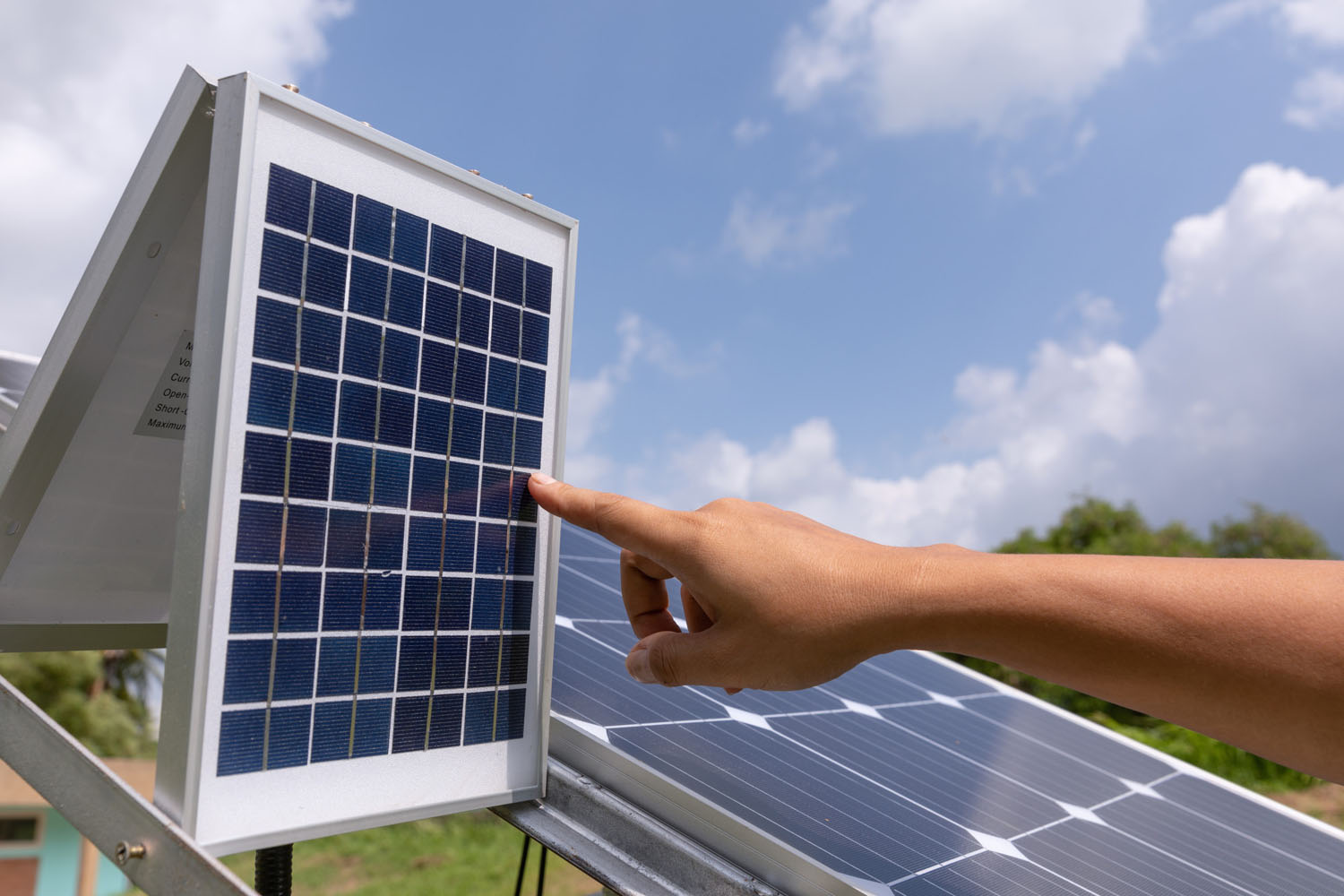Battery technology is advancing at a rapid pace, and these developments are set to revolutionize the way homeowners manage their energy consumption. In this article, we’ll explore the future of battery storage and how emerging innovations will shape home energy solutions.
1. Advancements in Lithium-Ion Technology
Lithium-ion batteries have already become the go-to choice for home energy storage, but new developments are making these batteries even more efficient, safer, and longer-lasting.
- Higher Energy Density: Researchers are continually improving the energy density of lithium-ion batteries, which means future batteries will be able to store more energy in a smaller space. This will allow homeowners to store more solar energy without needing additional space for larger batteries.
- Improved Lifespan: New technologies, such as solid-state batteries, are being developed to improve the lifespan of lithium-ion batteries, making them more durable and reliable over time. These advancements could extend battery life well beyond the current 10-15 years.
2. The Rise of Solid-State Batteries
One of the most promising developments in battery technology is the rise of solid-state batteries. Unlike traditional lithium-ion batteries, which use liquid electrolytes, solid-state batteries use solid electrolytes. This innovation offers several key benefits:
- Increased Safety: Solid-state batteries are less prone to overheating or catching fire, making them safer for residential use.
- Longer Lifespan: These batteries degrade slower than traditional lithium-ion batteries, extending their useful life.
- Higher Capacity: Solid-state batteries can store more energy, meaning homeowners could use fewer batteries to store the same amount of solar energy.
3. Second-Life Batteries
As electric vehicles (EVs) become more popular, the demand for lithium-ion batteries is skyrocketing. However, once EV batteries degrade to about 80% of their original capacity, they can no longer meet the demands of a vehicle but are still usable for other purposes.
- Impact on Home Energy: These second-life batteries are being repurposed for residential energy storage. As more EVs hit the market, the availability of these affordable second-life batteries could lower the cost of home energy storage, making it accessible to a wider range of homeowners.
4. Virtual Power Plants (VPP)
In the future, homeowners with solar panels and battery storage could become part of a virtual power plant (VPP). A VPP is a network of distributed energy resources — such as home solar and battery systems — that work together to supply electricity to the grid.
- How It Works: Homeowners can sell excess energy stored in their batteries back to the grid during peak demand periods, helping stabilize the grid and reduce reliance on fossil fuels. This creates a new revenue stream for homeowners while contributing to a cleaner, more sustainable energy grid.
5. The Role of Artificial Intelligence in Energy Management
Artificial Intelligence (AI) is expected to play a crucial role in future home energy systems. AI algorithms can optimize when and how to use energy stored in batteries by analyzing real-time data on weather patterns, electricity prices, and household energy consumption.
- Impact on Homeowners: AI-powered energy management systems can help homeowners maximize their solar savings by predicting the best times to use stored energy and when to send excess energy back to the grid for a profit.
Conclusion: The future of battery technology is bright, with advancements in lithium-ion efficiency, the emergence of solid-state batteries, and innovations like virtual power plants on the horizon. These developments will make home energy storage more accessible, efficient, and sustainable, allowing homeowners to take control of their energy use like never before.







